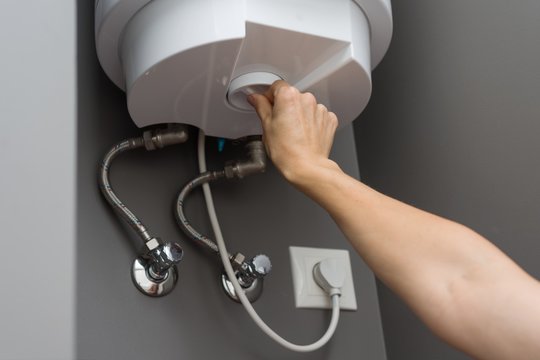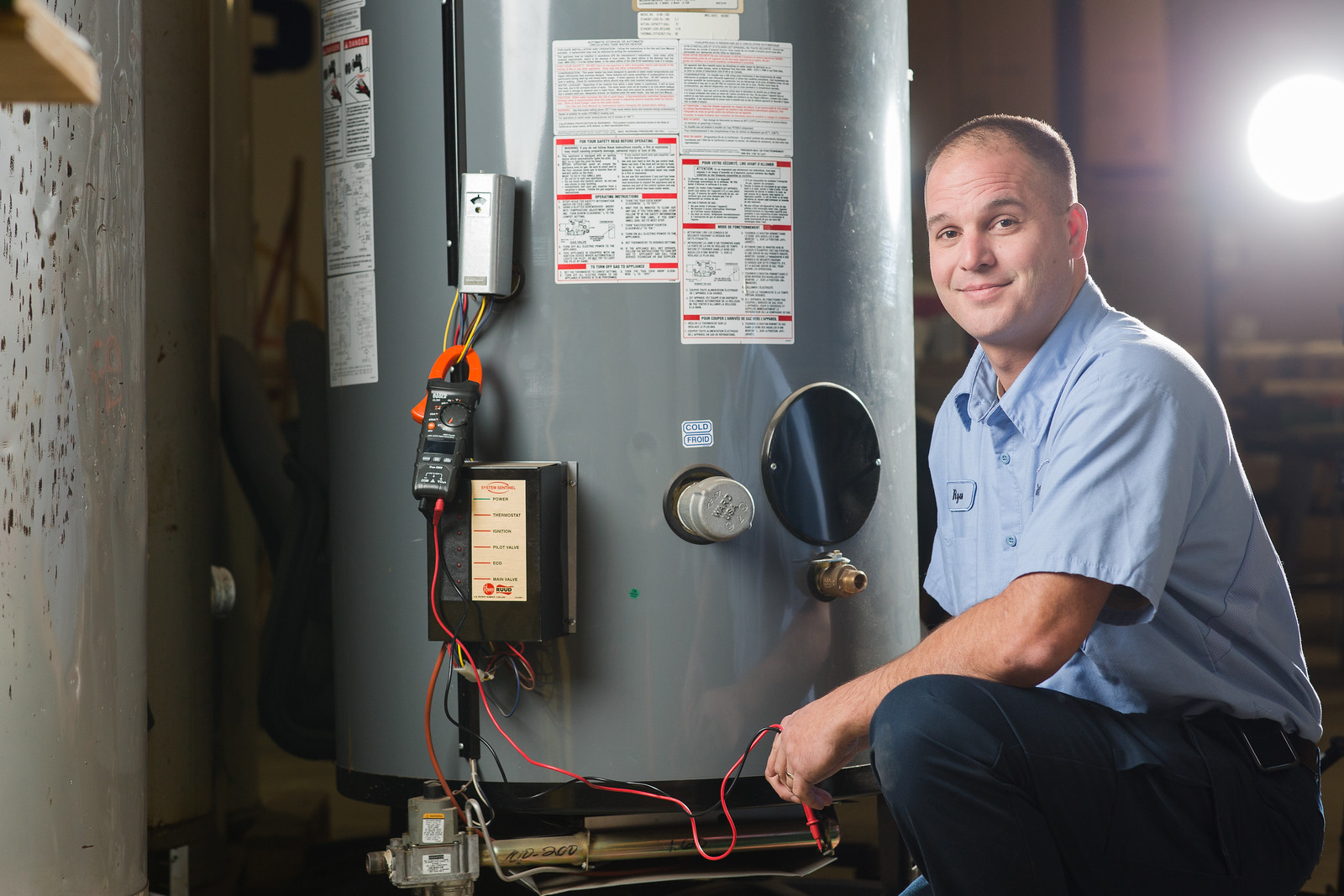Caring for Your Home's Hot Water System: Key Guidelines
Caring for Your Home's Hot Water System: Key Guidelines
Blog Article
Listed here on the next paragraphs you can locate more excellent data concerning How to Maintain a Hot Water Heater in a Few Simple Steps.

Warm water is vital for day-to-day comfort, whether it's for a revitalizing shower or washing meals. To ensure your hot water system runs efficiently and lasts much longer, regular maintenance is vital. This write-up provides functional pointers and understandings on just how to maintain your home's hot water system to stay clear of disruptions and expensive repair services.
Introduction
Keeping your home's hot water system may appear daunting, however with a couple of straightforward steps, you can guarantee it runs smoothly for many years to find. This overview covers every little thing from understanding your hot water system to DIY upkeep pointers and knowing when to hire expert assistance.
Value of Preserving Your Warm Water System
Routine upkeep not just extends the life expectancy of your warm water system yet additionally guarantees it runs efficiently. Overlooking maintenance can result in reduced effectiveness, greater power costs, and even early failing of the system.
Signs Your Hot Water System Needs Upkeep
Recognizing when your hot water system requires focus can protect against significant concerns. Keep an eye out for signs such as inconsistent water temperature, strange sounds from the heating unit, or rustic water.
Purging the Water Heater
Purging your water heater eliminates sediment buildup, improving efficiency and lengthening its life.
Monitoring and Replacing Anode Rods
Anode poles protect against deterioration inside the container. Checking and replacing them when worn is essential.
Complicated Problems Requiring Professional Aid
Instances include major leakages, electric troubles, or if your water heater is regularly underperforming.
Routine Specialist Upkeep Advantages
Professional upkeep can include thorough examinations, tune-ups, and making sure compliance with safety standards.
Inspecting and Adjusting Temperature Level Settings
Adjusting the temperature level setups makes certain optimum performance and safety and security.
Do It Yourself Tips for Maintenance
You can execute several upkeep tasks yourself to keep your hot water system in leading condition.
Looking for Leaks
Consistently examine pipelines and links for leaks, as these can result in water damage and greater bills.
Recognizing Your Warm Water System
Prior to diving into upkeep tasks, it's helpful to recognize the basic parts of your hot water system. Generally, this consists of the water heater itself, pipelines, anode rods, and temperature level controls.
Regular Monthly Upkeep Tasks
Routine month-to-month checks can assist capture minor concerns before they rise.
Evaluating Stress Relief Valves
Checking the pressure safety valve guarantees it works appropriately and stops too much pressure build-up.
Insulating Pipes
Shielding hot water pipelines reduces warm loss and can conserve energy.
When to Call an Expert
While do it yourself maintenance is useful, some issues need specialist knowledge.
Verdict
Regular maintenance of your home's warm water system is necessary for effectiveness, durability, and price savings. By complying with these pointers and knowing when to seek expert assistance, you can ensure a reputable supply of warm water without unanticipated disruptions.
Water Heater Maintenance: The Basics
Maintaining your water heater will ensure it operates efficiently and has a longer lifespan. Neglecting regular maintenance can lead to costly repairs and an even bigger chunk of your savings if you have to replace it sooner than necessary. But there’s good news: Most water heater maintenance tasks are relatively simple and easy for homeowners with basic DIY skills.
Flush the Water Heater
Over time, sediment and minerals can build up in the tank, reducing its efficiency and potentially causing damage. To flush the tank, turn off the power or gas supply, attach a hose to the drain valve near the bottom and open the valve to drain the water until it runs clear. Ideally, flush the tank annually.
Replace the Anode Rod
The anode rod is a sacrificial metal rod that helps prevent corrosion inside the tank. Inspect and replace it every three to five years or per the manufacturer's recommendation. To replace the anode rod, turn off the power or gas supply, drain a few gallons of water from the tank, unscrew the old rod and replace it with a new one. If the anode rod is significantly corroded or covered in calcium buildup, it's a sign the water heater may need to be replaced soon.
Tune-Up
A yearly tune-up can help identify potential issues and ensure your water heater operates at peak efficiency. This typically involves checking the thermostat, burner assembly (for gas heaters) and any other components specified by the manufacturer. During a tune-up, the technician may also clean the burner and adjust the pilot light (for gas heaters) or examine the heating elements (for electric heaters).
How to Maintain Your Water Heater
Insulate the tank. Insulating the tank can improve energy efficiency and reduce heat loss, saving you money on energy bills. You can purchase precut insulation blankets designed specifically for water heaters or use standard fiberglass insulation wrapped securely around the tank. Check the temperature. The recommended water temperature for most households is around 120 degrees Fahrenheit (49 degrees Celsius). Higher temperatures can increase energy costs and potentially cause scalding. Use a kitchen thermometer to check the temperature at the faucet nearest the water heater. Monitor water pressure. Excessive water pressure can strain the water heater and cause leaks or even tank failure. Install a pressure-reducing valve if necessary. The ideal water pressure range is between 60 and 70 PSI (pounds per square inch). Test the temperature and pressure (T&P) relief valve. The T&P relief valve is a safety feature that releases pressure if the tank gets too hot or the pressure builds up too high. Test it annually by lifting the lever and allowing a small amount of water to release. Replace the valve if it doesn't release water or reseal properly. Check for leaks. Regularly inspect the tank, pipes and fittings for leaks or corrosion. Deal with issues promptly to prevent further damage. Even a small leak can lead to significant water damage over time. Consider a tankless water heater. If your traditional tank-style water heater is nearing the end of its lifespan ( typically 10 years), consider replacing it with a tankless water heater. These units heat water on demand, reducing standby energy losses and potentially saving you money on your energy bills. Schedule professional maintenance. While homeowners can perform many water heater maintenance tasks, it's still a good idea to schedule professional maintenance every few years. A plumber or HVAC technician can thoroughly inspect the unit, identify potential issues and ensure it operates safely and efficiently. https://www.homeserve.com/en-us/blog/home-improvement/hot-water-heater-maintanence/

We are very drawn to Tips on Maintaining a Water Heater and I really hope you enjoyed reading our blog entry. Sharing is good. One never knows, you may just be doing someone a favor. I truly appreciate your readership.
Click Here Report this page